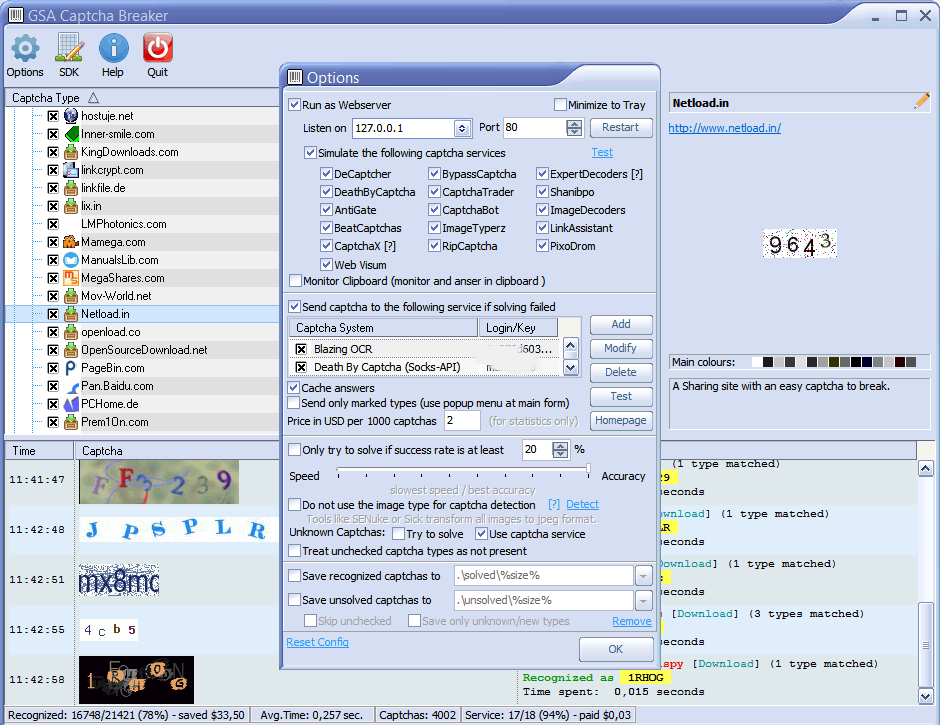

However, the system wasn’t called CAPTCHA until 2003, when Luis von Ahn, co-creator of Duolingo and founder of reCAPTCHA, coined the term. Its deployment successfully reduced the number of spam submissions by 95%. The CAPTCHA system was first invented in 1997 to stop URL submission abuse to the search engine AltaVista. With the mass adoption of the internet in the 1990s, distinguishing between machines and humans became more than just a thought experiment. If the interviewer couldn’t tell the difference between the human answers and those of the machine, the machine passed the test. The test consisted of a series of questions that a human and a machine had to answer. Turing wanted to see whether machines could think or appear as humans. The history of CAPTCHAĬAPTCHA’s history started with the Turing test, created in 1950 by Alan Turing. While CAPTCHA’s question, “Are you a robot?” may seem unnecessary and annoying, it serves an essential security purpose. Ticket inflation due to scalpers buying in bulk So, CAPTCHAs are also used to defend against the following types of online threats: To verify accuracy in polls and surveys (to ensure only human votes are counted)ĬAPTCHA also works to prevent spammers and hackers from inserting malware into online forms. When collecting email registrations (to ensure authentic email lists)

Here are some examples of when CAPTCHA codes are used:

Websites that employ CAPTCHA technology aim to prevent bots from disrupting their sites and using features inappropriately. What is the purpose of CAPTCHA?ĬAPTCHAs are used to verify that a user trying to access a website is a human and not a bot.

CAPTCHAs have evolved for accessibility and to keep up with the increasing sophistication of bot technology. There are different types of CAPTCHA tests: distorted text in an image, a series of images, or even text dictated in an audio file.


 0 kommentar(er)
0 kommentar(er)
